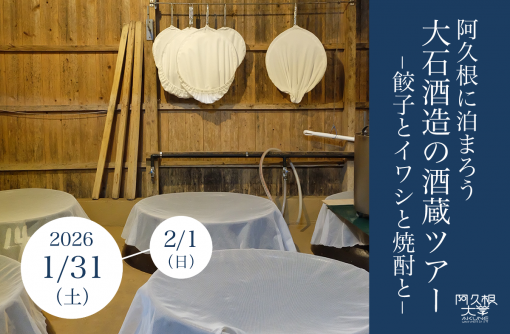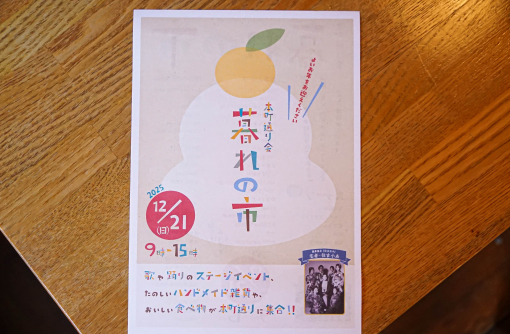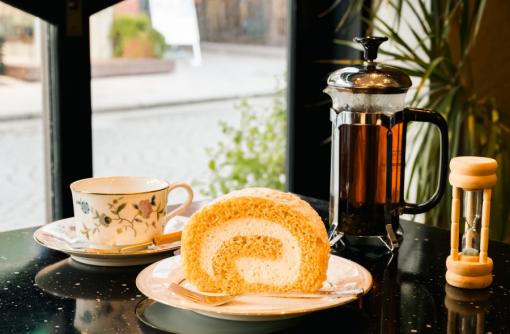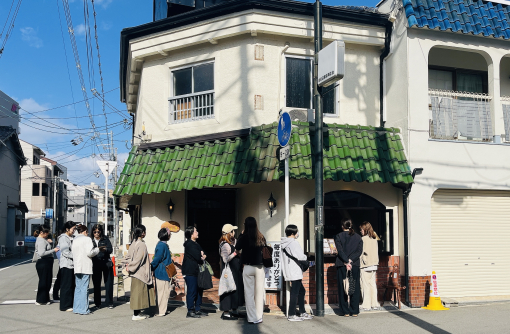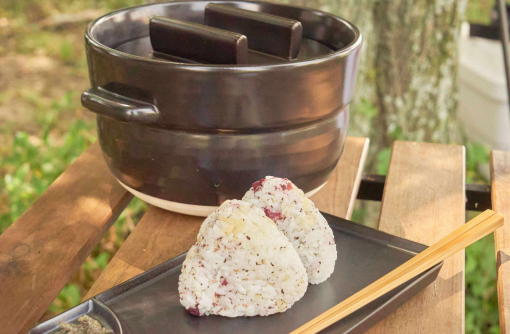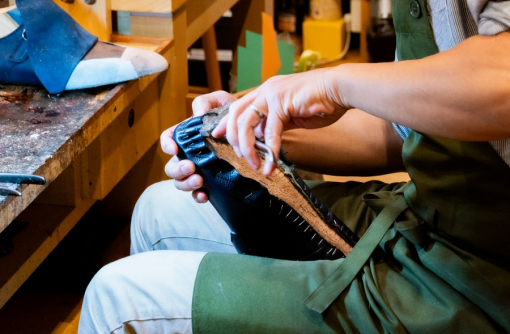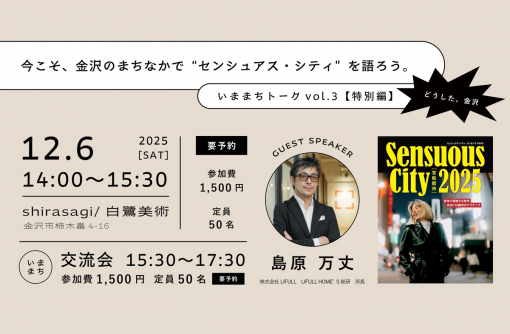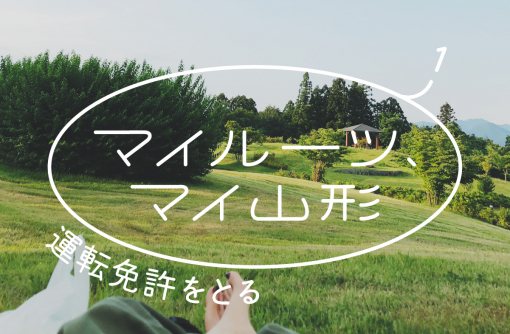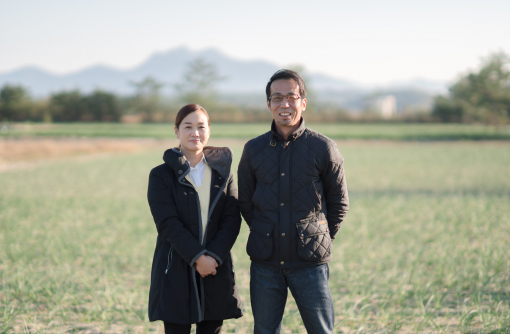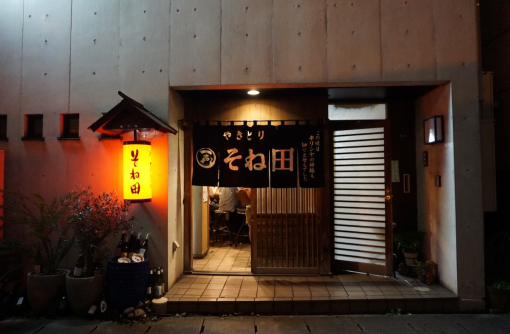Yamagata Life Diary: A Hidden Gem of Yamadera, the Tarumizu Ruins

Yamadera is one of Yamagata city’s most popular tourist destinations, and walking the 1015 steps up to the top of the Risshakuji temple complex is a definite must-do. But just a short distance past the mountain temple and shopping streets lies Mine no Ura, an area that sees far less visitors than it deserves. Referred to by locals as “Ura-Yamadera,” or the “hidden” side of Yamadera, the relatively unknown Mine no Ura area has gained a following in recent years for its undisputed highlight, the Tarumizu Ruins.

The Tarumizu Ruins may be hidden, but they are surprisingly accessible. To get there, first head to the Senjuin Kannon-do Temple – a 15-20 minute walk from Yamadera Station will bring you to the large stone torii gate marking its entrance, or you can drive there and park in the small parking lot in front of the gate.

After crossing a narrow railway track (be careful, because there are no alarms or barriers to warn of coming trains) and climbing up some stairs, on your left you’ll see the Senjuin temple “kuri” (庫裡), a building that traditionally served as the temple kitchen and administrative office. Residents of the Senjuin locality take turns manning the kuri, where visitors can choose from a small selection of drinks and sweets, pick up a protective amulet, or obtain a shrine stamp for their goshuincho stamp book.

Ahead of you on the path is the Senjuin Kannon-do Temple, which is flanked by four mamori honzon (guardian deities) on either side. Underneath the deities are illustrations of the twelve animals of the Japanese zodiac, and if you look closely, you’ll notice that the animal illustrations are written entirely in bonji, a form of Sanskrit script used in Japanese Esoteric Buddhism.
To the right of the temple is a map of the Mine no Ura area and a donation box, which visitors are encouraged to contribute to. These donations are used to maintain the mountain trail and facilities used by visitors, so even small amounts are greatly appreciated!
The path continues forward past a small cemetery and curves leftwards up into the woods, and from there, a short 10-minute hike up the well-maintained trail will bring you to the Tarumizu Ruins.


There is something mystical and otherworldly about the Tarumizu Ruins, which rise up dramatically in the middle of the peaceful forest. It is hardly surprising that these rock formations became an object of worship for followers of iwakura shinko, an ancient form of nature worship in which certain large rocks are worshipped as gods, and that they continue to enjoy a reputation as a power spot.
The formations are composed of tuff, a soft rock made from solidified volcanic ash, and there are two main theories as to what gave these undulating walls their distinctive honeycombed appearance. The first is that it resulted from rainwater repeatedly permeating the rock and then drying, weathering the rock and causing the formation of the holes and pockets. The second is that this area once lay at the bottom of the sea, and that salts in the rock dissolved out and then recrystallized when the water dried, with the surface layer of the rock eventually peeling off.

Since ancient times, Mine no Ura has been seen as a deeply sacred area, one which only ascetic monks were allowed to enter before the Meiji Period. While it is now open to visitors, who can even climb up steps carved into the stone to explore the main rock formation, the torii gate and small shrine erected within serve as a reminder of its religious and spiritual significance.

The “Tarumizu” (literally, “dripping water”) name comes from the rock face just up the slope from the main formation, which features a deep opening carved by centuries of water slowly trickling down from above. If you look upwards into the dim recess, you can glimpse a small statue of Fudo Myo’o gazing outwards with a grim expression. Though he looks fierce, this is in fact a merciful Buddha who is believed to help people rid themselves of their worldly desires.
To the right of this wall is a shallow cave with a small wooden sign which designates it as “Ennin’s lodging-place.” Legend has it that the renowned Buddhist priest Ennin slept here while formulating his vision of establishing Risshakuji Temple, which he founded in the year 860.

You can head back to the Senjuin temple after visiting the Tarumizu Ruins, or, if you choose, you can continue forward on the path which takes you through the wider Mine no Ura area and back to the Yamadera shopping vicinity. It takes about an hour to complete this hike, however, and the path is poorly maintained in places. There are occasional sightings of monkeys, wild boar and even bears, so care should be exercised and good footwear is recommended.
Whether you choose the shorter or the longer option, if you’re in Yamadera and have a little extra time, this is one excursion you’ll be glad you didn’t miss!
*On Google Maps, search for “Senjuin” and “Minenoura Tarumizu Iseki”.





